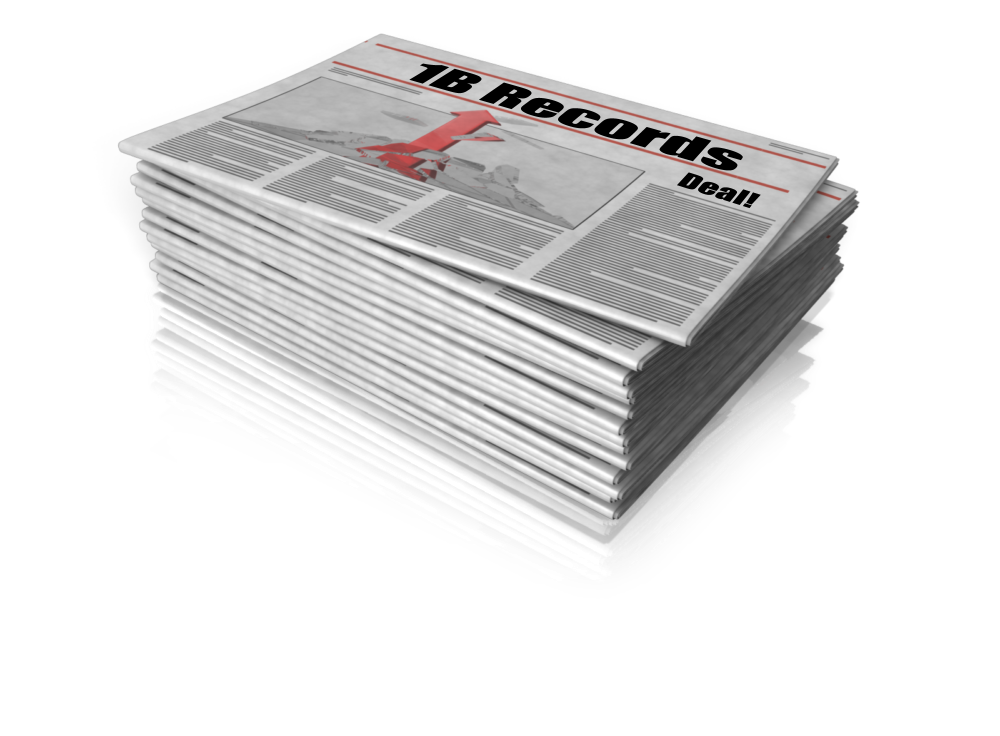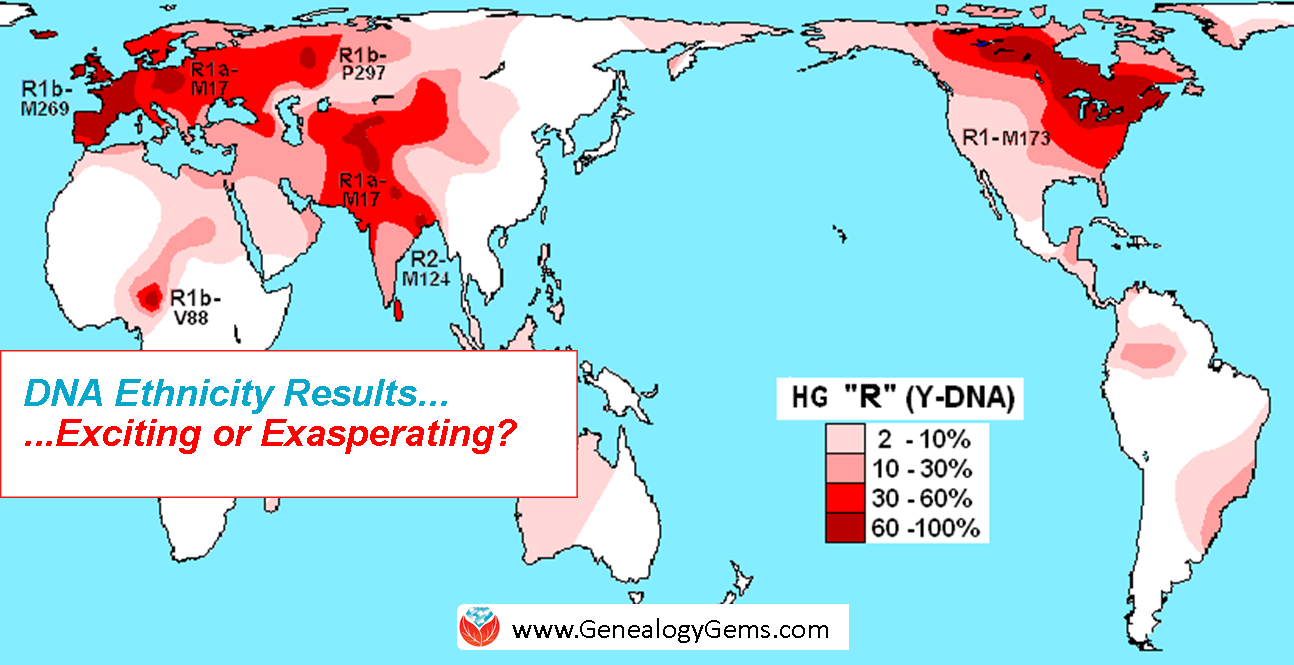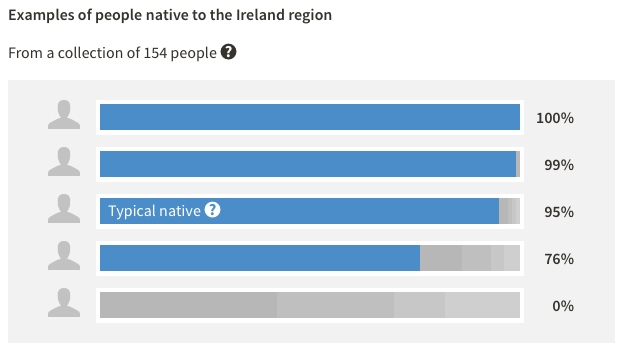by Lisa Cooke | Sep 11, 2013 | 01 What's New, Ancestry, FamilySearch, Records & databases
Ancestry.com and FamilySearch International, the two largest online providers of genealogy data, just announced an agreement that’s expected to put a billion more historical records from around the world within reach online.

FamilySearch and Ancestry: Billion Record Deal
A billion is a LOT of records. If you wanted to count to a billion, it would take you 95 years.
According to an Ancestry.com press release, the organizations will partner “with the archive community over the next five years to digitize, index and publish these records from the FamilySearch vault.”
“The access to the global collection of records marks a major investment in international content as Ancestry.com continues to invest in expanding family history interest in its current markets and worldwide,” continues the release. “Ancestry.com expects to invest more than $60 million over the next five years in the project alongside thousands of hours of volunteer efforts facilitated by FamilySearch.”
This kind of collaboration (rather than competition) between these two enormous organizations will likely mean fabulous fruits for the genealogist. I love that the emphasis is on worldwide records, too. Though people in certain international markets may be the ones using their records, the ancestors of those folks have come from all parts of the world. As always, stay tuned to Genealogy Gems to hear news like this and for updates as these records start becoming available.
by Lisa Cooke | Nov 24, 2015 | 01 What's New, British, DNA, Irish, Listeners & Readers
Are your DNA ethnicity results exciting, confusing, inconsistent, exasperating…or all of the above?
Recently Kate expressed on the Genealogy Gems Facebook page her frustration with her ethnicity results provided by AncestryDNA. She gets right to the point when she writes, “the way they refer to the results is confusing.”
Kate, you are not alone. Many genealogists have been lured into taking the autosomal DNA test at one of the three major DNA testing companies just to get this glimpse into their past. Remember that the autosomal DNA test can reveal information about both your mother’s side and your father’s side of your family tree. Many take the test hoping for confirmation of a particular ancestral heritage, others are just curious to see what the results will show. Though their purposes in initiating the testing may vary, the feeling of bewilderment and befuddlement upon receiving the results is fairly universal.
Kate has some specific questions about her results that I think most will share. Let’s take a look at a couple of them. First up, Kate wants to know if our family tree data in any way influences the ethnicity results provided. The answer is an unequivocal “no.” None of the testing companies look at your family tree in any way when determining your ethnicity results. However, the results are dependent on the family trees of the reference population. The reference populations are large numbers of people whose DNA has been tested and THEIR family history has been documented for many generations in that region. The testing companies compare your DNA to theirs and that’s how they assign you to an ethnicity (and place of ancestral origin?).
Next Kate asks, “Do they mean England when they report Great Britain?” Or to put it more broadly, how do these testing companies decide to divide up the world? All of the companies handle this a little bit differently. Let’s look at Ancestry as an example. When you login to view your ethnicity results, you can click on the “show all regions” box below your results to get a list of all of the possible categories that your DNA could be placed in. These 26 categories include nine African regions, Native American, three Asian regions, eight European regions, two Pacific Island regions, two West Asian regions, and then Jewish, which is not a region, per se, but a genetically distinct group.
Clicking on each individual location in the left sidebar will bring up more information on the right about that region. For example, clicking on Great Britain tells us that DNA associated with this region is primarily found in England, Scotland, and Wales, but is also found in Ireland, France, Germany, Denmark, Belgium, Netherlands, Switzerland, Austria, and Italy. Basically, this is telling us that people with generations of ancestry in Great Britain are quite a genetic mix from many areas.
The first chart here shows that if we are to test the DNA of 100 natives of one of these primary regions (England, Scotland or Wales) then 50 of them willhave the great Britain “pattern” of DNA covering 60% or more of their entire genome, and 50 of them will have that pattern in less than 60% of their DNA. The fact that this half-way number is so low, only 60%, tells us that there is a lot of uncertainty in this ethnicity estimate because there is so much mixture in this region. Kate, for you that means that when you see Great Britain in your ethnicity estimate, it could mean England, or maybe it means Italy- Ancestry can’t be certain.

But that uncertainty isn’t the same for every region. Pictured here is also the ethnicity chart for Ireland. You can see that half the people who are native to Ireland will have 95% or more Irish DNA. Kate, for us this means that if you have Irish DNA in your results, you can be pretty certain it came from Ireland. From these tables you can see your membership in some regions is more robust than others, and Ancestry is using these tables to try to help us tell the difference.

In the end, the ethnicity results reported by each DNA testing company are highly dependent on two factors: the reference populations they use to compare your DNA against, and the statistical algorithms they use to compute your similarities to these populations. Every company is doing both of these things just a little bit differently.
Kate, if you want to get another take on your ethnicity results, you can take your data over to Family Tree DNA, or you can be tested at 23andMe. A free option is to head over to Gedmatch and try out their various ethnicity tools. If you need help downloading and transferring, you can head over to my website: http://www.yourdnaguide.com/transferring. Most people have found after searching in multiple places that their “true” results are probably somewhere in the middle.
While these ethnicity results can be interesting and useful, for most they will just be a novelty; something interesting and exciting. I have found that their most useful application is acting like a fly on a fishing line. They attract our family members into DNA testing where we can then set the hook on the real goal: family history.
If you’re ready to bait your own hook, I recommend you check out my series of DNA quick guides. These guides will help you choose the right DNA tests for your genetic genealogy questions. You’ll become a smart shopper, more prepared to choose the testing company that’s right for you. And you’ll be prepared to maximize your results from each company, rather than look at them blankly and wondered what the heck you just spent that money on. Click here to see all my DNA guides: I recommend the value-priced bundle!
Disclosure: This article contains affiliate links and Genealogy Gems will be compensated if you make a purchase after clicking on these links (at no additional cost to you). Thank you for supporting Genealogy Gems!
by Lisa Cooke | Oct 2, 2015 | 01 What's New, Ancestry, British, Census, FamilySearch, Findmypast, images, Irish, Newspaper, Records & databases, United States
Every week we blog about new genealogy records online. Which ones might help you find your family history? New this week: Delaware land records, French censuses, British directories, Irish newspapers, Spanish municipal records (to the 1300s!), and U.S. passport applications. With whom should you share the great news?

DELAWARE LAND RECORDS. Ancestry has added a new database of Delaware land records, 1677-1947. According to the database description, “Delaware is a state-land state, meaning that following the Revolutionary War, it continued to grant property within its boundaries, as it had in its Colonial days. This collection includes the recorded transfers of property by grant or by deed. Most Delaware land had been granted by the time of statehood, so in the years following the Revolutionary War, you will find deeds recording the transfer of lands between private parties as they were transcribed into the registers of the county recorder of deeds.”
FRANCE CENSUSES. Find half a million indexed entries and associated images for the Dordogne Census of 1876 and about 30,000 names from the Haute-Garonne Toulouse Censuses (1830-31) in new free collections at FamilySearch.org. Records may include names, age, occupation, nationality, household position and, in the second, address.
GREAT BRITAIN DIRECTORIES. Findmypast has added 122 British almanacs and directories that include “trade directories, county guides, almanacs and general directories. Inside you will find the names of prominent people, tradesmen, people who held office, business owners and local civil servants.”
IRISH NEWSPAPERS. Over 724,000 new, fully searchable newspaper articles have been added to Findmypast. According to the site, new additions span 1836-172 and include a national publication, The Evening Freeman. “Five newspapers have also been added to with supplementary articles. They include substantial updates to Belfast Commerical Chronicle (135,813 new articles), Clare Journal, and Ennis Advertiser (61,194 new articles) and The Pilot (17,721 new articles).”
SPAIN MUNICIPAL RECORDS. Over 400,000 indexed records and digital images have been added to a free database of Barcelona civil registrations, censuses, military records, and other miscellaneous records (1387-1950) at FamilySearch. Additional browse-only records are also available.
US PASSPORTS. Over a million indexed names have been added to a free image collection of 200 years’ worth of U.S. passport applications (1795-1925) at FamilySearch.org. This dataset is still being indexed; browsable images are available at that link, too. This collection overlaps with content already available (by subscription) at Ancestry.com.
by Lisa Cooke | Aug 20, 2015 | 01 What's New, Church, FamilySearch, images, Listeners & Readers, Newspaper, United States
 A listener sent in her favorite resources for Ohio genealogy research. Could any of these help you find your Buckeye State ancestors?
A listener sent in her favorite resources for Ohio genealogy research. Could any of these help you find your Buckeye State ancestors?
Recently we heard from Genealogy Gems Premium member Kate, after she listened to Premium podcast episode 125 with Cheryl McClellan (available to Premium members). “That [episode] was perfect for my situation. I am looking at our budget and thinking of letting my 12 year subscription to Ancestry drop. Cheryl’s comments helped me make that decision….Lisa, you always have answers when I most need them.”
“Wanted to share a few sources that have I have found very helpful in Ohio genealogy research. We live in Michigan but have used the Toledo Public Library for research for years as many ancestors have lived there.
- Toledo Public Library: The Blade obituary index, 1837 to present. Through an online search from your home, you can request an obit and there is no fee. You may request up to 3 at a time. They will look them up when they have time and email you an image of the obit. It has taken up to a couple of weeks. They are very helpful. They also gave me a link to Google News so I can look myself on the Toledo Blade images. As you know there are gaps and not all images are legible. The Library has the paper on microfilm to fill in where needed.
- FamilySearch has an index and images for Ohio Deaths 1908 – 1953. This has the full image of death certificates. You have to create a user account to see the images. Wow, what a great help to understand how all these people are related. Just one example in my tree: there are 11 Mary Lehaneys. Some never married, some did. They all died as Mary Lehaney and if their husband died, they are listed as Mrs Tom Lehaney etc.
- FamilySearch has the Toledo Catholic Diocese record images. My paternal line is mostly Catholic and lived in Toledo area for many years. Again, not indexed, but when you know about the time [can you can find] not only birth and marriages, [but] the complete burial records from the Catholic Cemeteries.
 Anyone who researches in Ohio may find these [resources] invaluable….Lisa, keep your beautiful smile and thanks for all your help!”
Anyone who researches in Ohio may find these [resources] invaluable….Lisa, keep your beautiful smile and thanks for all your help!”
Thank YOU, Kate! We hope her suggestions prove helpful to many of you doing Ohio genealogy! Anyone can become a Genealogy Gems Premium member like Kate. Members get 12 months of access to monthly Premium podcast episodes and the full Premium podcast archive–all packed with genealogy news, tips and interviews like the one that helped Kate. We also have more than 2 dozen in depth video classes for Premium members only, with more added regularly. These include our entire series on Evernote for genealogy! Click here to see the current list of Premium videos.








